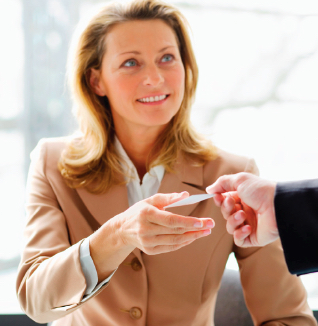“The mo re things change, the more they stay the same.”
re things change, the more they stay the same.”
When it comes to attracting new customers, this famous epigram perfectly describes the process. New tools like social media represent the changes, while the fundamentals of customer service and outreach using direct mail remain the same.
The primary objective of customer service is to keep customers coming back. A satisfied customer has no incentive to look elsewhere for the product or service you provide and will, therefore, return to purchase again. A satisfied customer might also provide a recommendation to others to use your business or provide a referral to your business.
Truly great customer service is invisible to the customer. It is the framework for all transactions, but is never in the forefront. Your customer places an order and it is fulfilled on time, as ordered, and at the agreed-upon price. This kind of dependability – meeting customer expectations consistently and quietly – is the ultimate customer service experience and trumps the occasional above-and-beyond effort needed to solve an unexpected problem or respond to an emergency. If you are great at performing in a crisis but inconsistent in day-today performance, you are not delivering a great customer experience.
Remarkable customer service begins when you enhance quietly consistent routine performance with extra touches – anticipating the customer’s needs, turning a job around on an impossible deadline, or providing a creative solution to a problem. Remarkable customer service creates future business.









